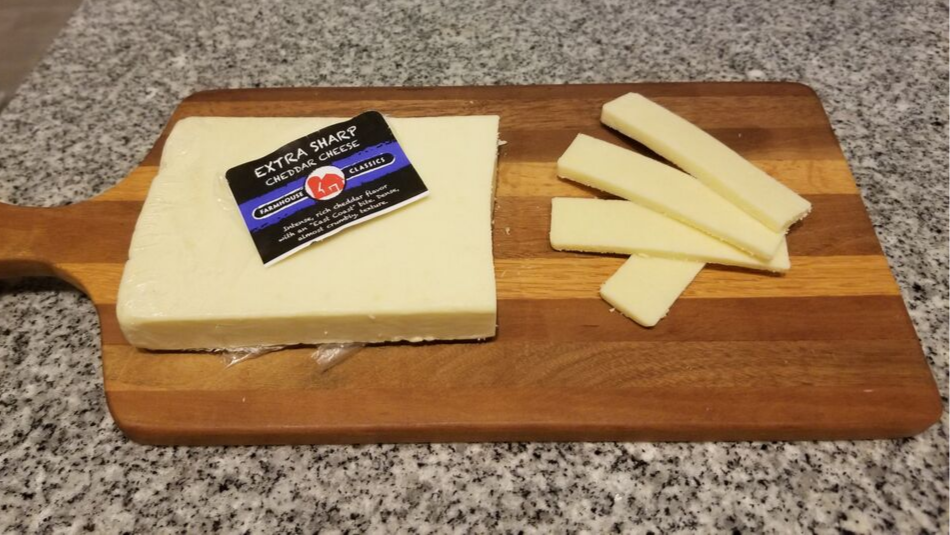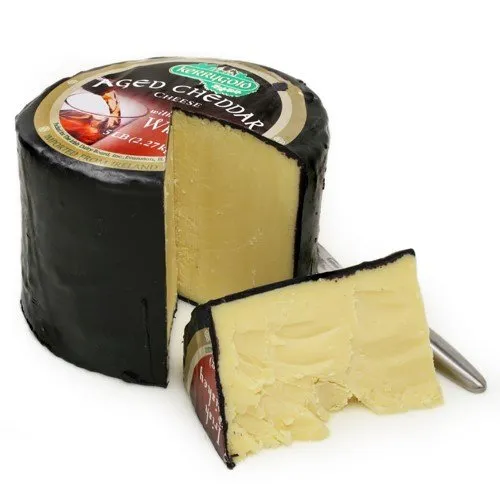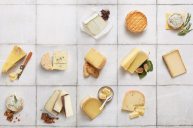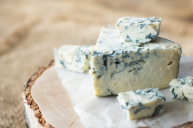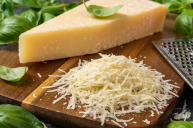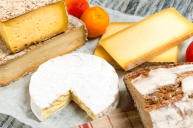I made my first visit to a Cabot Creamery store in Vermont this year and I can report that it is actually the happiest place on Earth. There's a giant table with samples, a cheese counter with fresh and unusual cheeses and an even bigger refrigerated section with row upon row of packaged cheese. Best of all, there were all kinds of sharp cheddar cheeses, which is my personal favorite of all cheeses.
Videos by Wide Open Country
At the Cabot store, you'll see cheddar cheeses ranging from mild and medium, to sharp, Vermont extra sharp, New York extra sharp and seriously sharp. And then there are the specialty aged cheddars. You might be asking yourself, what's the actual difference? Is it just a branding thing or does regular cheddar cheese really taste different from extra sharp cheddar cheese?
https://www.instagram.com/p/B2hjHcOn5w4/
In short, yes. There is a difference and it has to do with how long the cheddar cheese is aged.
What Makes Cheddar, Sharp?
According to Cabot, mild cheddar is aged for two to three months. Extra sharp cheddar cheese is aged up to a year, and their specialty cheeses can be aged anywhere from 16 months on to several years.
When a cheddar cheese ages, two things happens. First, the texture of the cheese changes. It goes from smooth and creamy to crumbly with salt-like crystals called calcium lactate. Second, the taste gets stronger (or, to borrow a word, sharper). The longer the cheese ages, the more pronounced these effects are.
There's no regulation in the United States around the use of "sharp" as a descriptive term for cheddar. So, for example, a Wisconsin cheese might be considered "sharp" after a different aging time.
Cabot has four cheese graders on staff who determine when the cheese is ready for packaging and thus what designation it receives. (Also: Best. Job. Ever.)
You might also see certain cheeses at the grocery store such an extra sharp white cheddar. Sharp indicates it's been aged, but what's the difference between white cheddar cheese and yellow cheddar?
Some cheddar cheeses are left in their natural cheese state and some are dyed with annatto (or similar additives) to turn the cheese yellow. There's no difference in taste, so white versus yellow is entirely dependent on your preference (or maybe or your recipe).
How Do You Decide Which Cheddar to Use?
Different types of cheddar are better when used in different types of recipes. As the cheese ages, it loses moisture and it takes more heat to melt it. So for gooey grilled cheese or casseroles, use a mild, medium, or sharp cheddar. For cheese trays or just basic snacking, try the sharper cheddars. In the end though, the best cheddar cheese is your favorite cheddar cheese.
